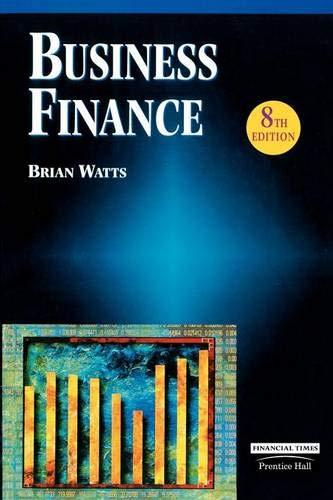Question
Using the guide from the CFI website, create a relative analysis matrix for any publicly traded company that trades on the NYSE or NASDAQ. Step
Using the guide from the CFI website, create a relative analysis matrix for any publicly traded company that trades on the NYSE or NASDAQ.
Step 1: Identify your target company
Step 2: Identify the industry group or sector
Step 3: Identify the two or three closest competitors ("comps").
*A note on comps: While no two companies are identical, an appropriate comp should share similar characteristics and should be a similar size (market capitalization or enterprise value), and have similar metrics. You may refer to the Global Industry Classification Standard (GICS), Industrial Classification Benchmark (ICB), or other suitable classification system, to identify the closest competitors for your target company.=
Selecting the public comps is the most important step in this method of analysis, so take your time and ensure that you are finding appropriate companies to compare with your target company. In some cases it is not easy to come up with competitors, especially in the case of companies that might be in innovative industries (example: Tesla has no direct competitors).
In the case where it is difficult to identify direct competitors, it is useful to use a tool like Finbox.com. Link here: Yahoo Finance or Finbox or other websites will have tools built in that will suggest potential competitors. Use your discretion on which competitors to use. These are the companies that most reflect the characteristics of your target company.
Step 4: Build a relative matrix. You should generally use at least three competitors when building a relative valuation matrix. You may start with more competitors and then use a process of elimination to remove the companies whose characteristics are outliers relative to the mean/median for whatever metric you are analyzing. (For example if your target company is much larger or smaller than a public comp, then you might choose to eliminate a company from the competitor list).
Step 5: Analyze equity or enterprise multiples that are most representative for your target company and its industry group and draw conclusions regarding the strength of the target company within its industry group.
Step by Step Solution
There are 3 Steps involved in it
Step: 1

Get Instant Access to Expert-Tailored Solutions
See step-by-step solutions with expert insights and AI powered tools for academic success
Step: 2

Step: 3

Ace Your Homework with AI
Get the answers you need in no time with our AI-driven, step-by-step assistance
Get Started


